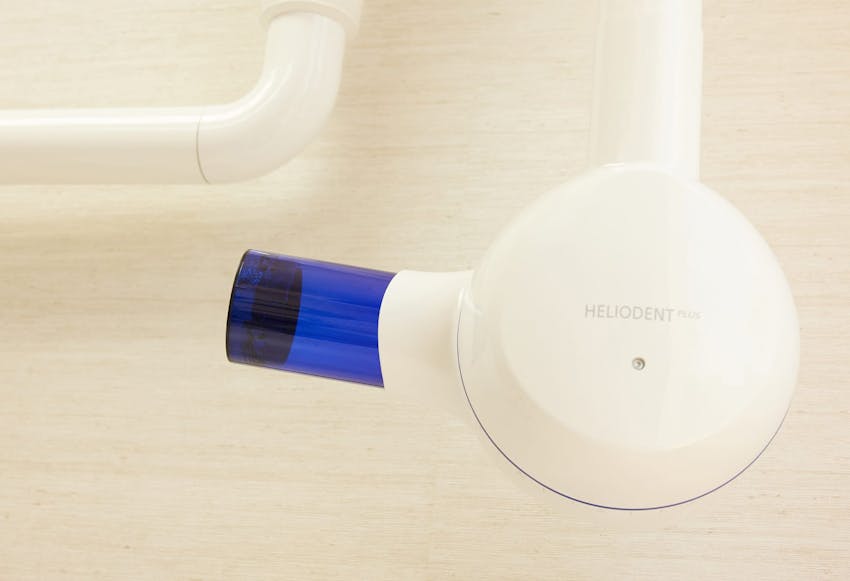For some, dental care has not been consistent in their life. That’s okay, because there are many dental procedures that can restore the mouth to optimum dental health, esthetics and function.

TMD Treatment / BOTOX
At present, there are more than 50 treatments available for TMD, which may include or combine jaw and facial relaxation exercises, lifestyle changes, restorative dental treatments, a mouth guard or night guard, or jaw surgery. BOTOX is a simple treatment can help prevent the micro muscle contractions that cause constant tension, stress, and pain. Botox can melt away your worries and prevent chronic pain, allowing you to live a happier, more comfortable life!

Dental Fillings
Whether they are amalgam (metal), gold, or composite (white), fillings are the most common restorative procedure. These are used to fill holes caused by cavities and decay, restoring the functionality and appearance of a tooth.

Crowns & Bridges
If a tooth has suffered significant decay and is irreparable via fillings, it may be time for dental crowns (or caps as they are sometimes called). These restorative processes involve constructing a “cap” that covers the entire tooth down to the gum line in order to protect it from further damage.

Inlays & Onlays
Certain levels of tooth decay are not significant enough for a crown, bridge, or filling, and sometimes inlays or onlays are a better solution. They are common ways to restore damaged teeth and stop tooth decay right in its tracks—sealing teeth from the outside world and all the bacteria in it.

Dental Implants
When damage is significant, dental implants may be a viable option. This is the process of replacing existing tooth structures with implanted, artificial teeth. These are attached by a metal post that is essentially bonded to your jawbone via a screw-like metal “root.” Dental implants can replace individual teeth or a full set. All-on-4 dental implants are a minimally invasive way to install a complete set of new, natural-looking teeth.


